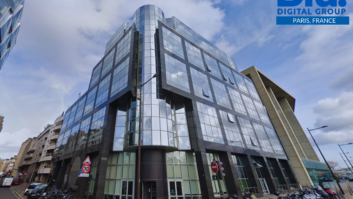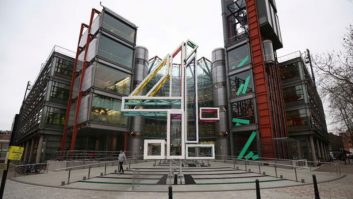
Data science company 4C has revealed the results of its Rugby World Cup tracking on TV and social media, providing insight into the behaviour of 1.5 billion unique social media users across 250,000 interest categories, 50,000 brands, 6,000 TV programmes, and 41 languages. Additional data was analysed through 4C’s Teletrax global TV monitoring network, which monitors more than 2,100 channels in 76 countries.
4C found that although All Blacks team from New Zealand won the Rugby World Cup final, it was the Aussies that emerged victorious in terms of total engagement and engagement lift.
“Luckily for the All Blacks from New Zealand, the winners of the Rugby World Cup, the tournament was not decided by engagement lift, because if it had the final would have seen Australia beat Ireland!” commented Andy Nobbs, SVP, global TV analytics sales and EMEA activation at 4C.
“Looking at the brands there were a number of great performances from Coca Cola, Emirates, Heineken, Land Rover, Microsoft, Samsung but it’s probably SSE who lifted the advertising cup, with it’s TV advertising-led campaign providing a more than 12 times lift in engagement for the newly branded utility company,” concluded Nobbs.
The 4C data study found there were more than 16 million social engagements during the entire Rugby World Cup tournament. New Zealand won the cup, but Australia won the tournament in terms of engagements (Aus: 2,826,786 v NZ: 2,326,884) and engagement lift (Aus: 4.09 v NZ: 2.0), and Australia generated more engagements during the final.
The study found that the advertiser that saw the largest number of people interact with its brand and the World Cup was Samsung. New Zealand was the most popular team among brand engagers, and, looking at the UK in particular, 4C found that the people who engaged with Samsung and Land Rover engaged with England, while Scotland and Wales Rugby teams were most popular among people who engaged with SSE.
4C combines and analyses data at scale from social media, set-top boxes, and TV ad schedules as well as TV programme and ad occurrences.
Image: Jeanfrancois Beausejour via Creative Commons






